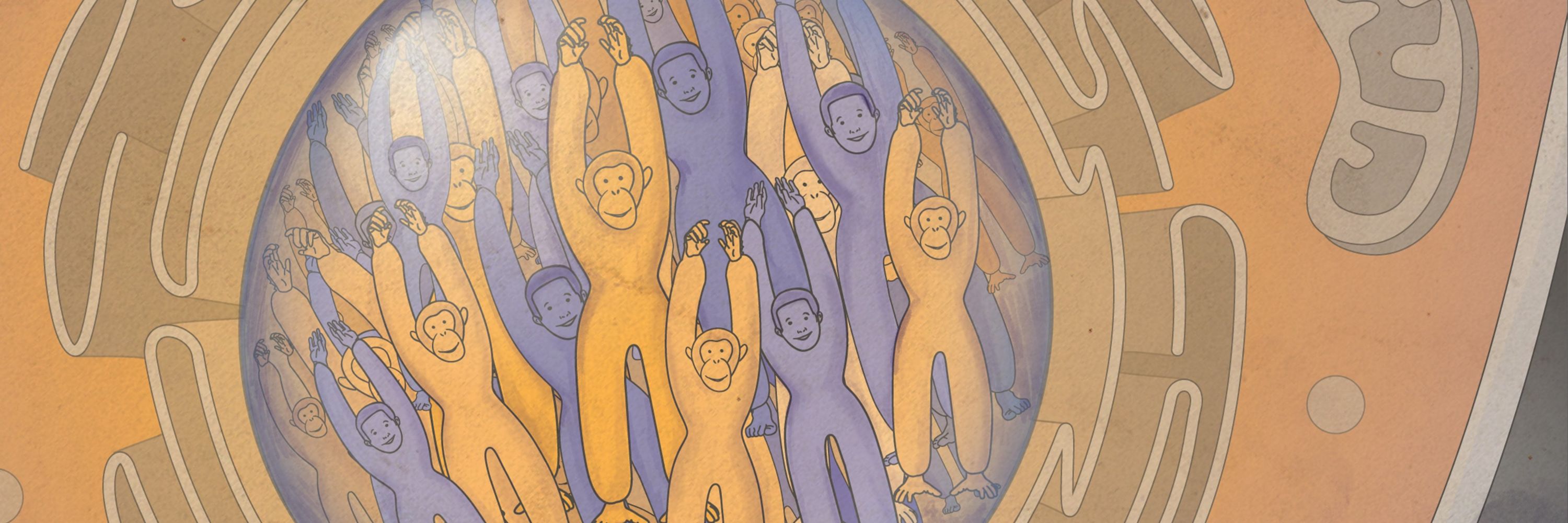
David Gokhman
@david-gokhman.bsky.social
Asst Prof @WeizmannScience. Exploring human evolution through the lens of gene regulation🧬 Still rooting for Neanderthals & Denisovans💀❤️ gokhmanlab.com
Pinned
David Gokhman
@david-gokhman.bsky.social
· Nov 27
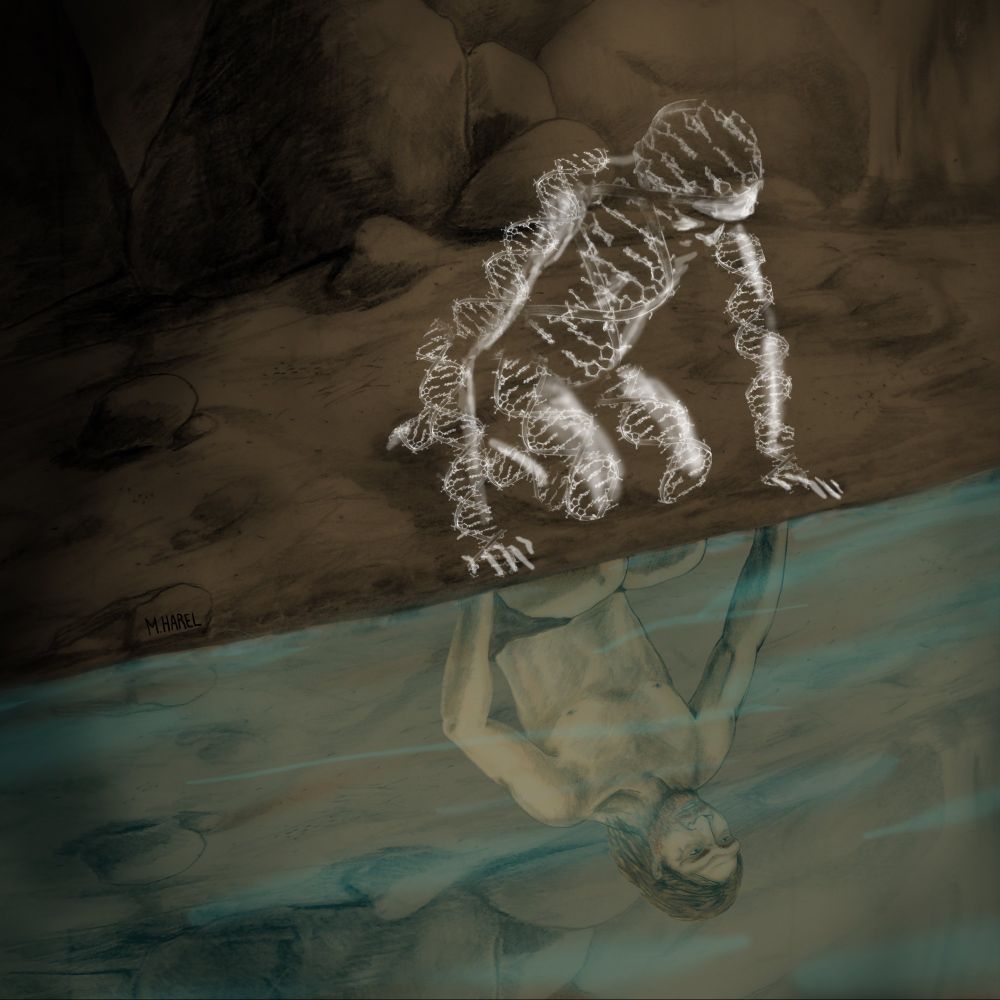
Interested in discovering the genetic changes that made us human? Our lab is looking for students and postdocs! 👩🔬👨🔬 gokhmanlab.com
please RT!
please RT!
Another truly amazing work by the Capellini lab
1) I am delighted to present this terrific tour de force research conducted by my post-doc Dr. Gayani Senevirathne @gayani.bsky.social and published today in Nature -
www.nature.com/articles/s41...
www.nature.com/articles/s41...

The evolution of hominin bipedalism in two steps - Nature
The human pelvis exhibits distinct spatiotemporal ossification patterns and an ilium cartilage growth plate that is shifted perpendicularly compared with those of other mammals and non-human primates—...
www.nature.com
August 28, 2025 at 6:41 AM
Another truly amazing work by the Capellini lab
Denisovans or their close relatives identified in the fossil record using a gene regulatory phenotyping method. Now out:
www.pnas.org/doi/10.1073/...
www.pnas.org/doi/10.1073/...

August 27, 2025 at 1:05 PM
Denisovans or their close relatives identified in the fossil record using a gene regulatory phenotyping method. Now out:
www.pnas.org/doi/10.1073/...
www.pnas.org/doi/10.1073/...
Reposted by David Gokhman
🧵 Excited to share a new preprint from our lab looking into signals of disease-burden in aDNA (doi.org/10.1101/2025...)! It has long been speculated that transition to sedentary, agricultural and urbanized lifestyle increases disease burden, but can we see this in aDNA?

August 1, 2025 at 5:55 PM
🧵 Excited to share a new preprint from our lab looking into signals of disease-burden in aDNA (doi.org/10.1101/2025...)! It has long been speculated that transition to sedentary, agricultural and urbanized lifestyle increases disease burden, but can we see this in aDNA?
Given two genomes, can you tell who’s taller or more prone to a disease? How confident can you be? A fresh take on phenotypic inference, now out:
rdcu.be/exW4f
See thread🧵👇:
rdcu.be/exW4f
See thread🧵👇:
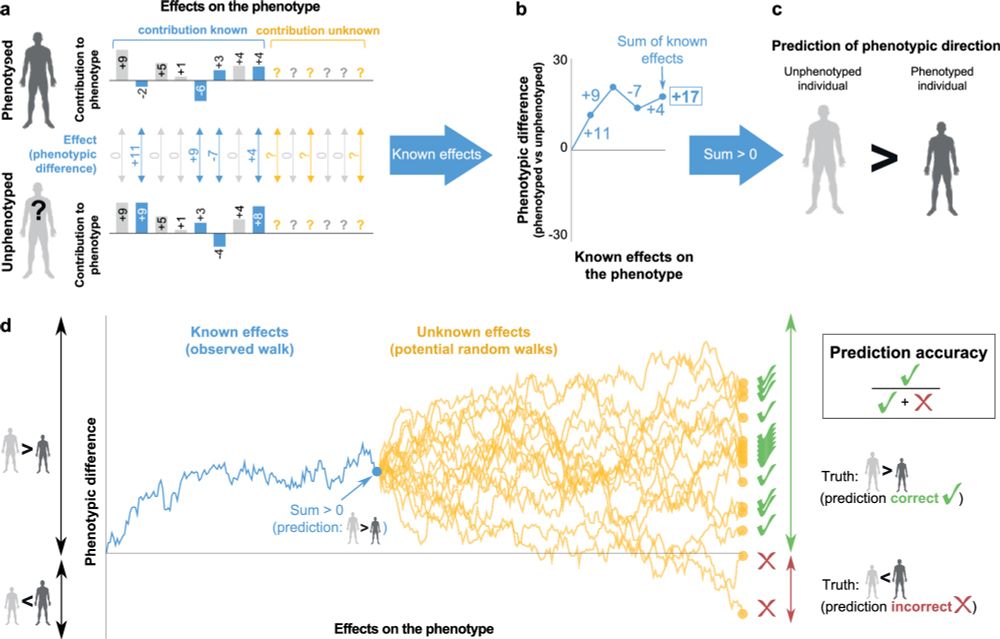
Predicting the direction of phenotypic difference
Nature Communications - Here authors reveal a method to predict key information on phenotypes - their direction. This is achievable even for phenotypes with incomplete genotype-to-phenotype...
rdcu.be
July 26, 2025 at 5:14 PM
Given two genomes, can you tell who’s taller or more prone to a disease? How confident can you be? A fresh take on phenotypic inference, now out:
rdcu.be/exW4f
See thread🧵👇:
rdcu.be/exW4f
See thread🧵👇:
6 years ago, we predicted what Denisovans probably looked like. Since then, every new Denisovan specimen💀 - Harbin, Penghu, Xiahe - matched it beautifully.
☑️ Xiahe: 4/4 features match the profile
☑️ Penghu: 5/6
☑️ and now: Harbin with 16/18!
See 🧵
pubmed.ncbi.nlm.nih.gov/31539495/
☑️ Xiahe: 4/4 features match the profile
☑️ Penghu: 5/6
☑️ and now: Harbin with 16/18!
See 🧵
pubmed.ncbi.nlm.nih.gov/31539495/

June 20, 2025 at 10:33 AM
6 years ago, we predicted what Denisovans probably looked like. Since then, every new Denisovan specimen💀 - Harbin, Penghu, Xiahe - matched it beautifully.
☑️ Xiahe: 4/4 features match the profile
☑️ Penghu: 5/6
☑️ and now: Harbin with 16/18!
See 🧵
pubmed.ncbi.nlm.nih.gov/31539495/
☑️ Xiahe: 4/4 features match the profile
☑️ Penghu: 5/6
☑️ and now: Harbin with 16/18!
See 🧵
pubmed.ncbi.nlm.nih.gov/31539495/
We showed it first: www.biorxiv.org/content/10.1...
June 18, 2025 at 6:19 PM
We showed it first: www.biorxiv.org/content/10.1...
Last year, we posted a preprint providing the first genetic evidence that the Harbin skull likely belonged to a Denisovan: www.biorxiv.org/content/10.1... Today, DNA evidence provided the final proof: www-sciencedirect-com.ezproxy.weizmann.ac.il/science/arti...
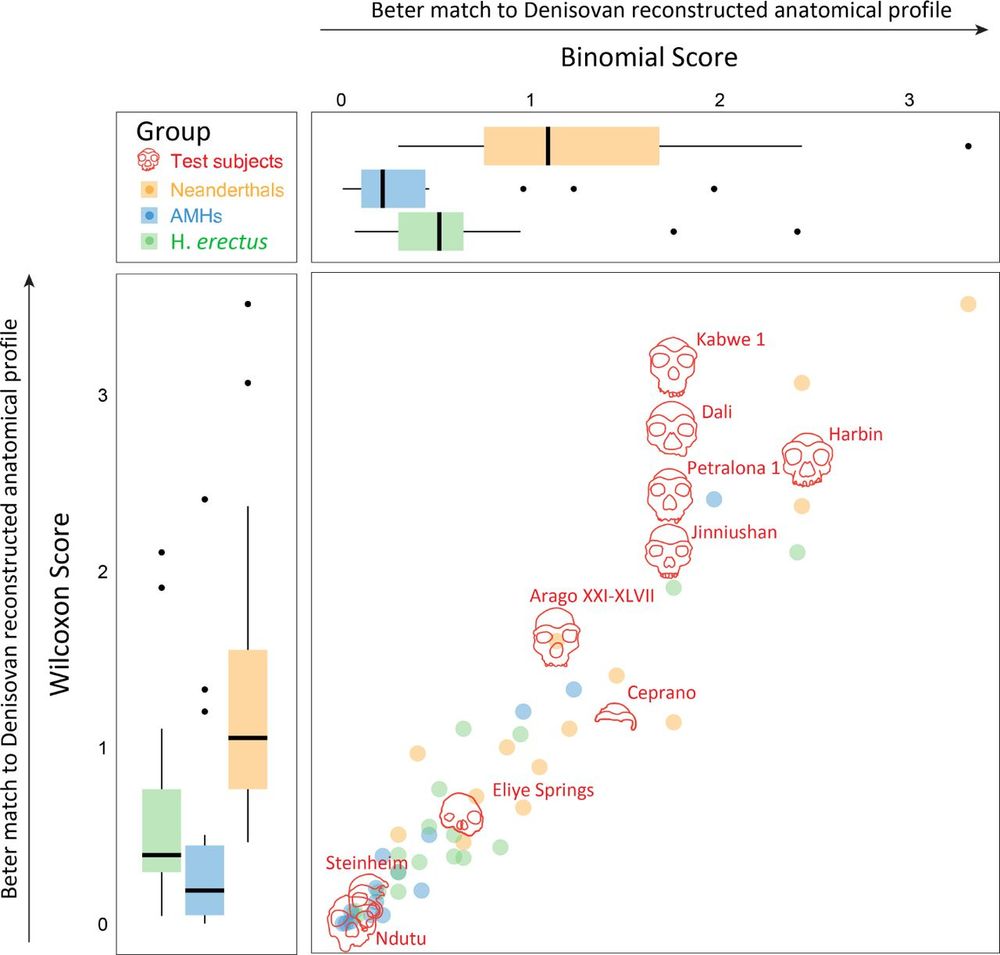
June 18, 2025 at 6:17 PM
Last year, we posted a preprint providing the first genetic evidence that the Harbin skull likely belonged to a Denisovan: www.biorxiv.org/content/10.1... Today, DNA evidence provided the final proof: www-sciencedirect-com.ezproxy.weizmann.ac.il/science/arti...
Super exciting to see the Penghu jaw confirmed as Denisovan— its features line up beautifully with what we predicted Denisovan mandibles to look like! More in the thread 🧵 pubmed.ncbi.nlm.nih.gov/31539495/
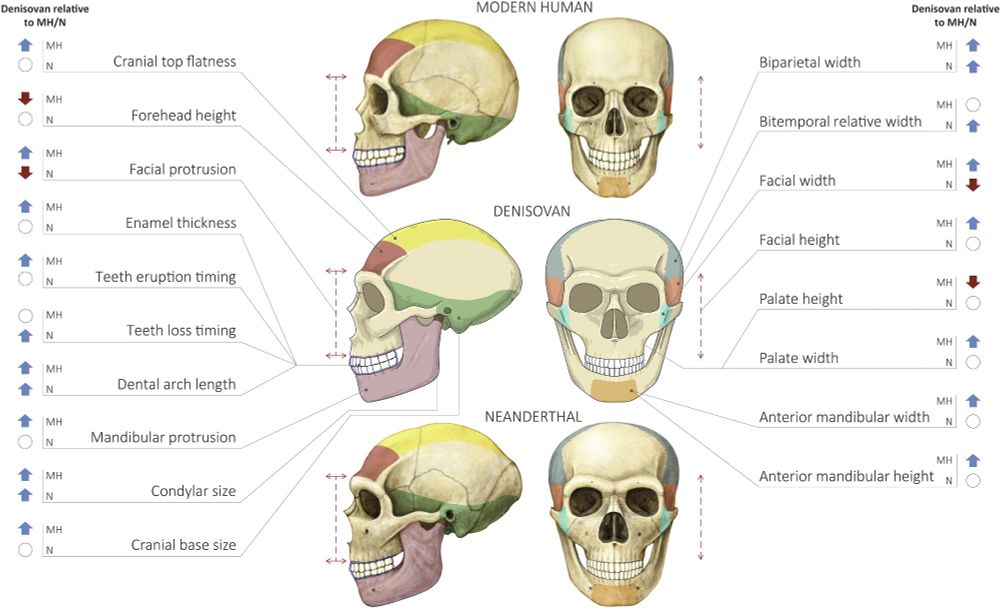
April 18, 2025 at 4:28 PM
Super exciting to see the Penghu jaw confirmed as Denisovan— its features line up beautifully with what we predicted Denisovan mandibles to look like! More in the thread 🧵 pubmed.ncbi.nlm.nih.gov/31539495/
Reposted by David Gokhman
Fascinating, really thought-provoking work by Trevor Cousins, @aylwyn-scally.bsky.social and Richard Durbin, now out in @naturegenet.bsky.social 🧪🧬
Deep ancestral structure shared by all modern humans
www.nature.com/articles/s41...
Deep ancestral structure shared by all modern humans
www.nature.com/articles/s41...

A structured coalescent model reveals deep ancestral structure shared by all modern humans - Nature Genetics
The cobraa model extends the pairwise sequentially Markovian coalescent to identify structured population history by examination of the model transition matrix. Applied to human polymorphism data, cob...
www.nature.com
March 18, 2025 at 10:59 AM
Fascinating, really thought-provoking work by Trevor Cousins, @aylwyn-scally.bsky.social and Richard Durbin, now out in @naturegenet.bsky.social 🧪🧬
Deep ancestral structure shared by all modern humans
www.nature.com/articles/s41...
Deep ancestral structure shared by all modern humans
www.nature.com/articles/s41...
Interested in discovering the genetic changes that made us human? Our lab is looking for students and postdocs! 👩🔬👨🔬 gokhmanlab.com
please RT!
please RT!

November 27, 2024 at 11:40 AM
Interested in discovering the genetic changes that made us human? Our lab is looking for students and postdocs! 👩🔬👨🔬 gokhmanlab.com
please RT!
please RT!

